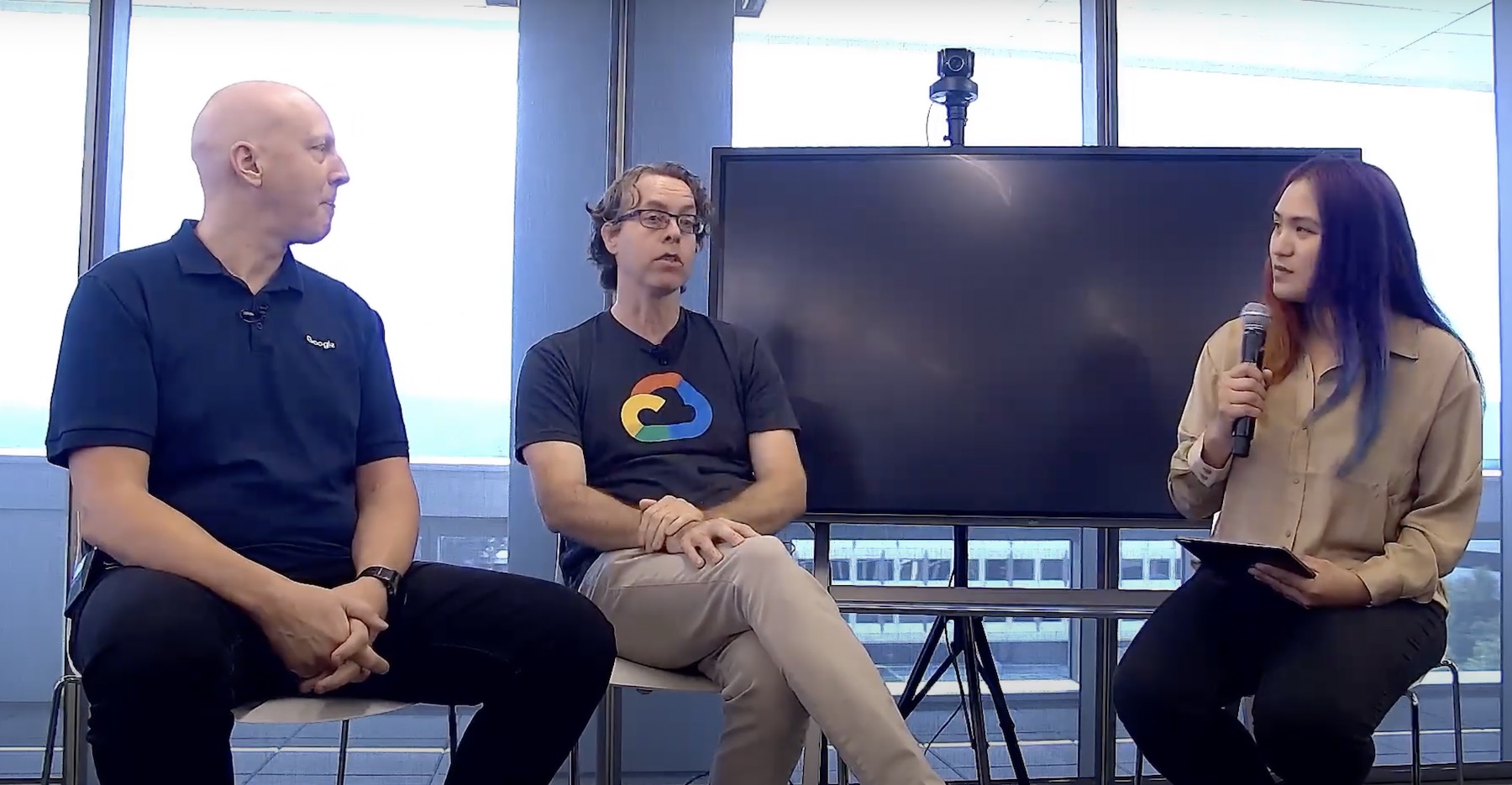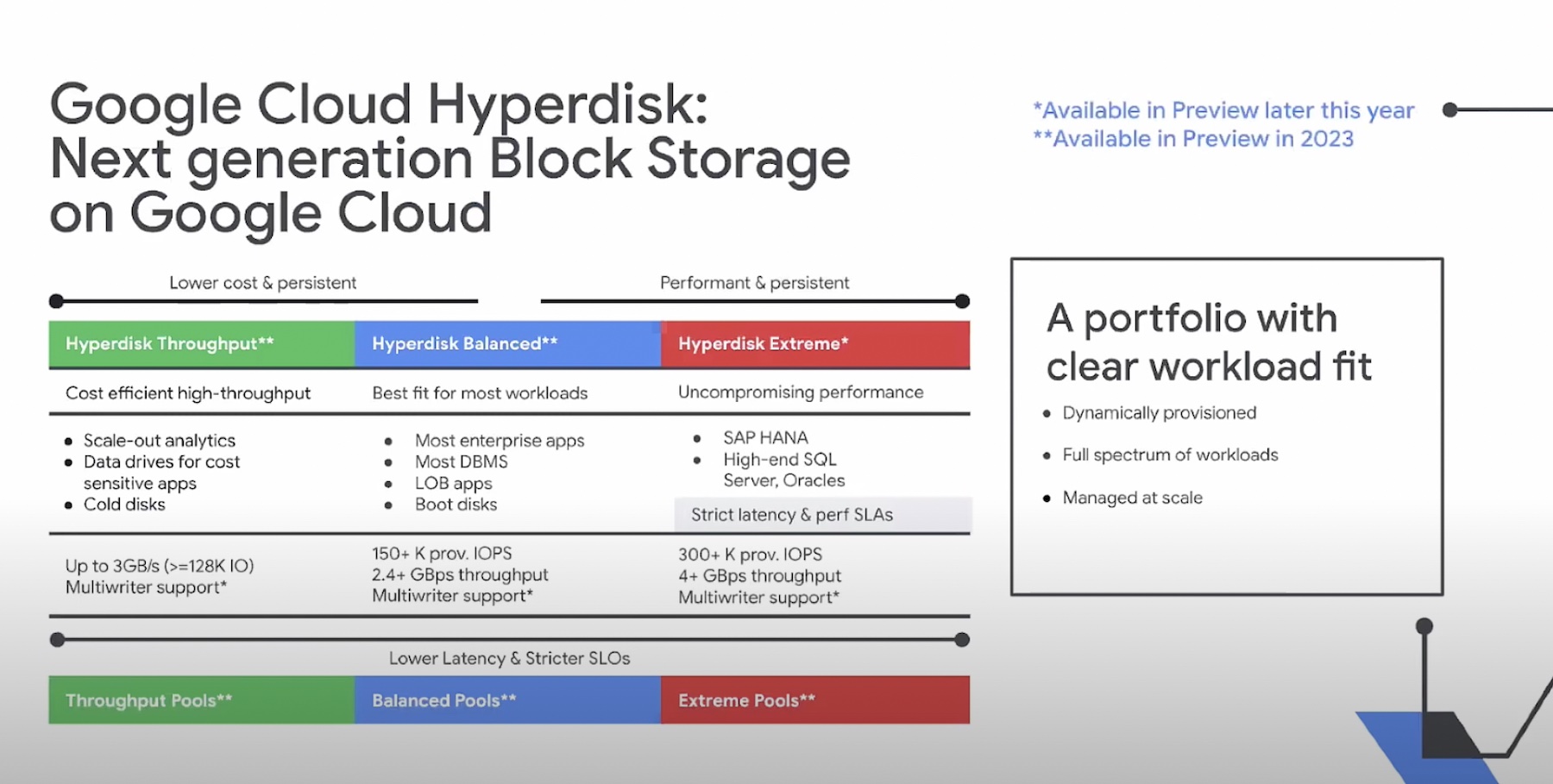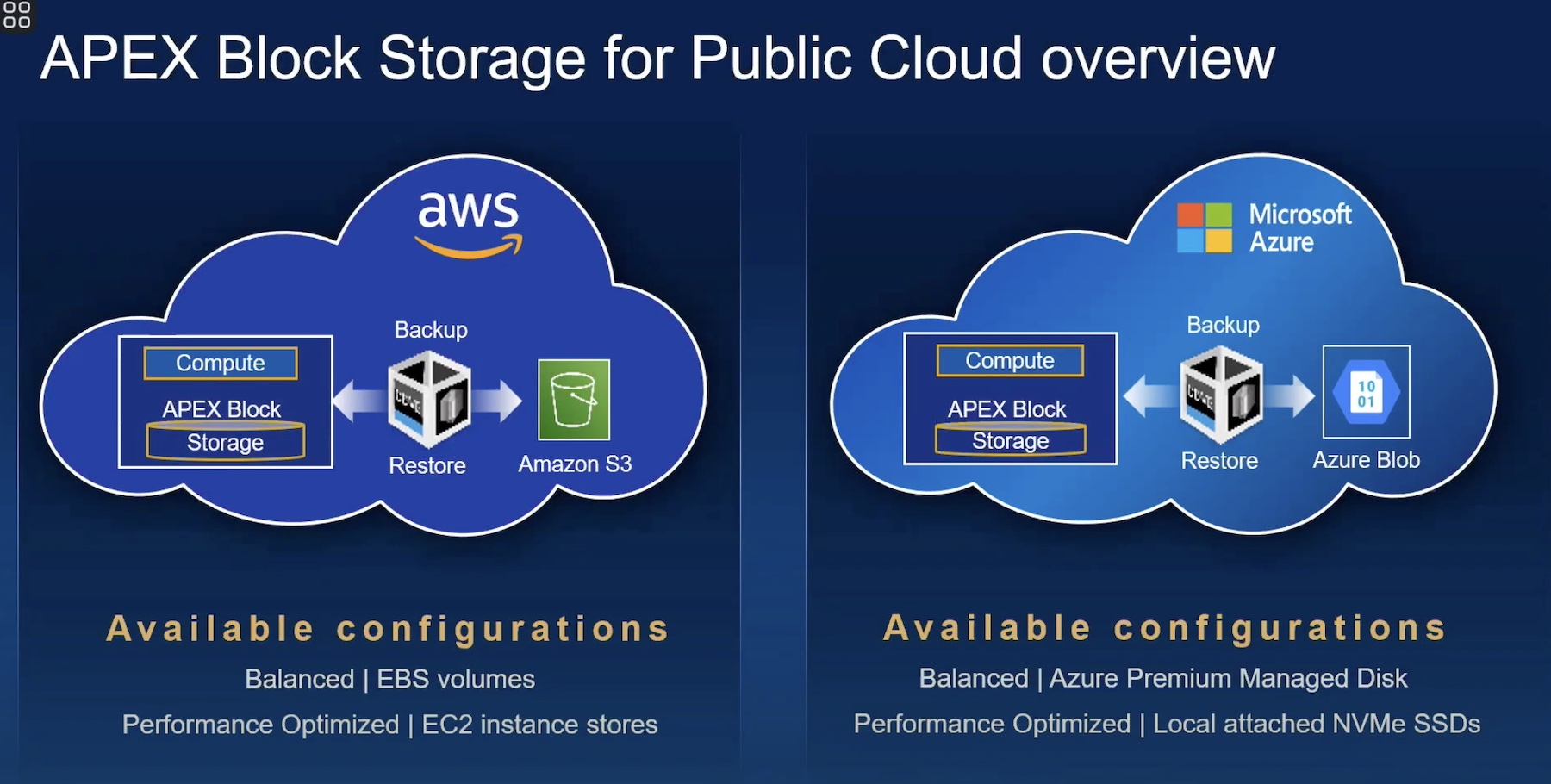Every Field Day event seems to have a theme. Although we don’t assign one, it is the nature of the industry that tech comes in waves and affects every product on the market. Reflecting on Storage Field Day in Denver last week, it is clear that the enterprise storage industry is rapidly extending its reach into the cloud.

Is your data “here” or “there”? This is the central question of cloud extension and data mobility
The Limits of On-Premises Storage
Storage is a conservative industry, and enterprise IT is loathe to allow data outside the safe confines of the data center. But on-premises storage has its limits, and the allure of cloud services is undeniable. So enterprise storage providers are shifting their stance, embracing cloud as an extension of on-premises storage solutions.
Conventional storage systems are as limiting as they are comfortable. From a technical perspective, storage arrays tend to be monolithic, with more “scale-up” than “scale-out”. And this is sensible, since most applications can be served by a few clustered controllers and a rack of disks. It also matches the spending patterns of the enterprise, where storage tends to be purchased on a project-by-project basis rather than as an enterprise-wide utility.
But applications are pushing the boundaries of on-premises storage solutions, with multi-site and in-the-cloud processing becoming increasingly common. How do you move data reliably and safely when a single array is the storage platform? There are many software solutions for this, but few are truly integrated with both the application and the underlying storage solution.
Then there is the question of data protection. Backup and archiving are much more likely to be enterprise-wide services, and again they are often not well integrated with applications or storage.
Linking To the Cloud
Incorporating cloud storage into the data center is not a new idea. I provided consulting around metro-area storage as a service at StorageNetworks back in 1999, and numerous companies have produced cloud gateways for enterprise customers. But the kind of cloud extension we are seeing today is significantly different.
Cloud storage extension is a concept of truly-integrated on-premises and cloud storage, with data moving smoothly between different locations as needed. Some examples (Nasuni, ClearSky Data) centralize storage in the cloud while most others (Nimble Storage, NetApp, Primary Data, Datrium) are more of a hybrid based on data replication concepts. StarWind and AcloudA even created a disk drive interface for cloud storage! But all embrace the central premise of data non-locality.
This is where things get interesting: If we assume that data is here (in the data center), it skews our view of the cloud and multi-site operation. But if we assume that data is there (in the cloud or simply somewhere not-here), we begin to open the door to a new concept that allows for data and application mobility. The assumption leads to the enabling technology, which is the path to real datacenter transformation.
This is the concept behind NetApp’s Data Fabric, and why I was so excited to see NetApp inside Microsoft Azure: Suddenly the old isolated datacenter data can be in the cloud, too. And this seems to be the long-term goal of Primary Data, with a global metadata index that can locate data anywhere as needed, both inside and outside the data center.
Stephen’s Stance
If data is locked in the datacenter, so are applications. But this view is out of step with the Internet-enabled world of applications, mobile devices, and “things”. The first step towards overcoming data gravity is to discard the concept of data locality and begin building a new infrastructure that can support this philosophy. Once data is “there”, in the cloud, applications may begin moving as well.





[…] The Year of Cloud Extension […]
[…] The Year of Cloud Extension via […]